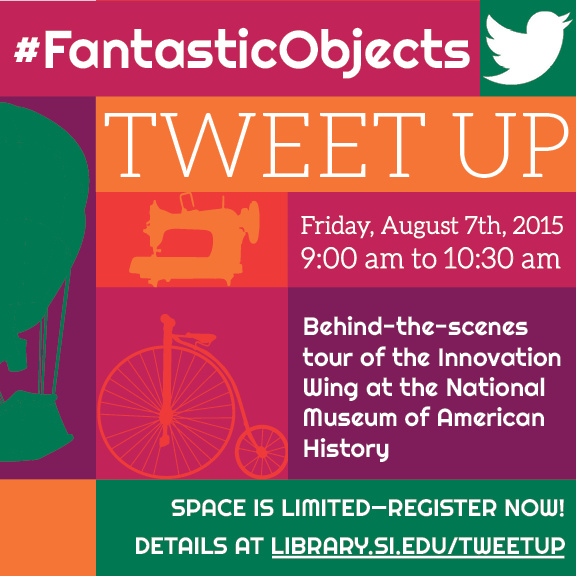As a book conservator for the Smithsonian Libraries I’ve been given ample opportunity to expand my knowledge through workshops, seminars and professional meetings. One of the most interesting opportunities I’ve recently had was to attend a week long workshop, “Understanding Leather: From Tannery to Collection,” in Northampton, England. The workshop was held at the Leather Conservation Centre, an international center for leather conservation and research, on the campus of the University of Northampton. The course was a mixture of theory and practice with sessions held in a classroom and in the University’s tannery. The goal of the course was to understand the process of leather production to better understand why and how leather deteriorates and therefore better care for it from a preservation angle.


